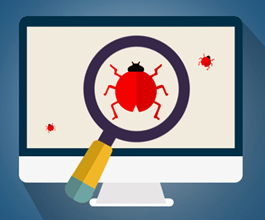- Introduction to
Artificial Intelligence - Natural Language Processing
and Computer Vision - Machine Learning
and Deep Learning - Run AI model with
IBM Watson studio - AI Ethics
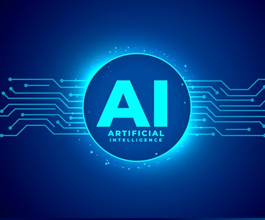
- Define artificial intelligence
- Describe three levels of artificial intelligence
- Describe the history of AI from the past to the possible future
- Define and describe machine learning
- Differentiate between structured and unstructured data
- Describe how machine learning structures data
- Describe how machine learning structures unstructured data
- Describe how machine learning uses probabilistic calculation to solve problems
- Describe three methods by which machine learning analyzes data
- Describe an ideal relationship between humans and machine learning
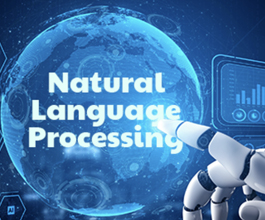
- Define natural language processing
- Explain how AI uses natural language processing to derive meaning from text
- Explain the classification problem and its solutions
- Describe how a chatbot understands, reasons, learns, and interacts with users
- Distinguish between intents, entities, and dialogs
- Identify appropriate uses for chatbots
- Identify real-world uses for natural language processing (NLP)
- Describe how AI classifies images to derive meaning from them
- Describe how a convolutional neural network (CNN) analyzes an image
- Describe how a generative adversarial network (GAN) creates a credible image
- Identify real-world uses for computer vision
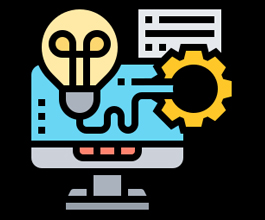
- Distinguish between artificial intelligence, machine learning, and deep learning
- Describe supervised, unsupervised, and reinforcement learning
- Describe decision trees, linear regression, and logistic regression
- List and explain advantages of classical machine learning
- Describe how neural networks are inspired by the human brain
- Trace the flow of information through a perceptron's nodes
- Describe machine learning's trial-and-error learning process
- Define and describe deep learning and its ecosystem
- Identify real-world applications for the deep learning ecosystem
- Explain generative AI and the impact in today's world
- Identify future trends for machine learning

- Describe machine learning algorithms and models
- Explain the purpose of IBM Watson Studio
- Describe the key features and benefits of IBM Watson Studio
- Set up a machine learning project in IBM Watson Studio
- Create a Cloud Object Storage resource
- Import a data set into IBM Watson Studio
- Build an AI model using AutoAI in IBM Watson Studio
- Run a prediction experiment for an AI model
- Explain the confusion matrix
- Save a model as a Jupyter Notebook
- Download a notebook in Jupyter Notebook (.ipynb) format
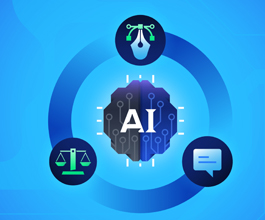
- Identify the five pillars of AI ethics
- Describe fairness in AI
- Describe protected attributes
- Identify privileged groups and unprivileged groups
- Explain AI bias
- Identify robustness
- Describe adversarial robustness within AI
- Explain how an adversary can influence an AI system
- Identify adversarial attacks
- Describe explainability
- Compare interpretability and examinability
- Define transparency
- Describe governance
- Identify the business roles and the aspects of transparency they are involved in
- Identify personal information
- Identify sensitive personal information
- Recognize model anonymization
- Describe differential privacy
- Explain data minimization
WHY TRAIN WITH US
Our Expert Training Solutions
Manual & Automation Testing
Devops
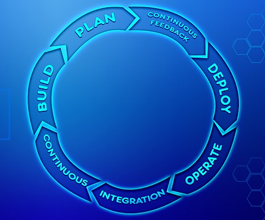
- Devops Overview
- The Relationship Between Agile and Devops
- Devops Toolchain
- DASA DevOps Principles
- Challenges with the Traditional Approach
- Addressing Challenges Through DevOps
- DevOps Approach to the Challenges
- Overview of Devops Tools
- Best Practices for Devops
- Categories of Devops Tools
- Linux and Unix Scripting
Azure Databricks
UI Testing

- Introduction to Automation
- Core JAVA concepts Overview
- Introduction to Selenium IDE, RC, WebDriver, Grid
- Installation and Environment Setup
- Selenium WebDriver
- Locators in Selenium
- Data-Driven Test
- Create test report using JUnit and Testing
- Parallel Test execution
- Using BDD framework
- CucumberImplement automation test framework using Page Object Model and Page Factory
- CI/CD
- Git
- Jenkins
- API Testing
- Postman
- RestAssured/Java
- Mobile Testing
- Mobile app testing iOS and Android
- Appium/Java
- Specialized Testing
- Javascript
- Python
- Mocha/Chai
- Cypress.JS
-
Address
Suit 24 Great West House
Great West Road
Brentford, TW8 9DF
United Kingdom -
Phone
+44 7397 538 969
-
E-mail


